The Stenlille Structure - a model for CCUS projects in the Danish North Sea
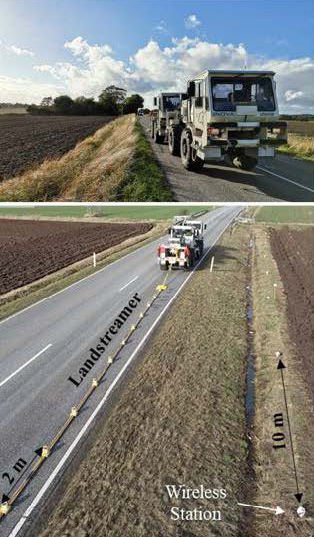
Seismic survey acquisition: vibrating trucks,land streamer and wireless stations (Papadopoulou et. al 2022).
Denmark is one of the world leaders in the Energy Transition with current focus on CCUS (Carbon Capture, Utilization and Storage).
Hydrocarbons have been extracted from beneath the Danish sector of the North Sea for decades, but earlier this year (2023), for the first time in the southern North Sea, captured CO2 was pumped back into a depleted Danish oil field; Nini West. (see Project Greensand).
Onshore Denmark, natural gas has been successfully and safely stored for around 30 years in the Stenlille structure on Sjælland, and now similar structures across Denmark are being investigated with respect to potential CO2 storage.
Due to years of hydrocarbon exploitation, the stratigraphic architecture of mature oil and gas fields in the Danish North Sea is well known. However, Onshore Denmark, relatively few deep wells have been drilled and most were not cored, so the deep stratigraphy is not so well known.
The Stenlille Structure
On the Stenlille structure, the Upper Triassic sandstone dominated Gassum Formation is the primary reservoir for natural gas storage. The uppermost Triassic to Lower Jurassic Fjerritslev Formation (mudstone) is the primary seal. The Lower Cretaceous Vedsted and Rødby Formations comprise the secondary seal and are often below seismic resolution.
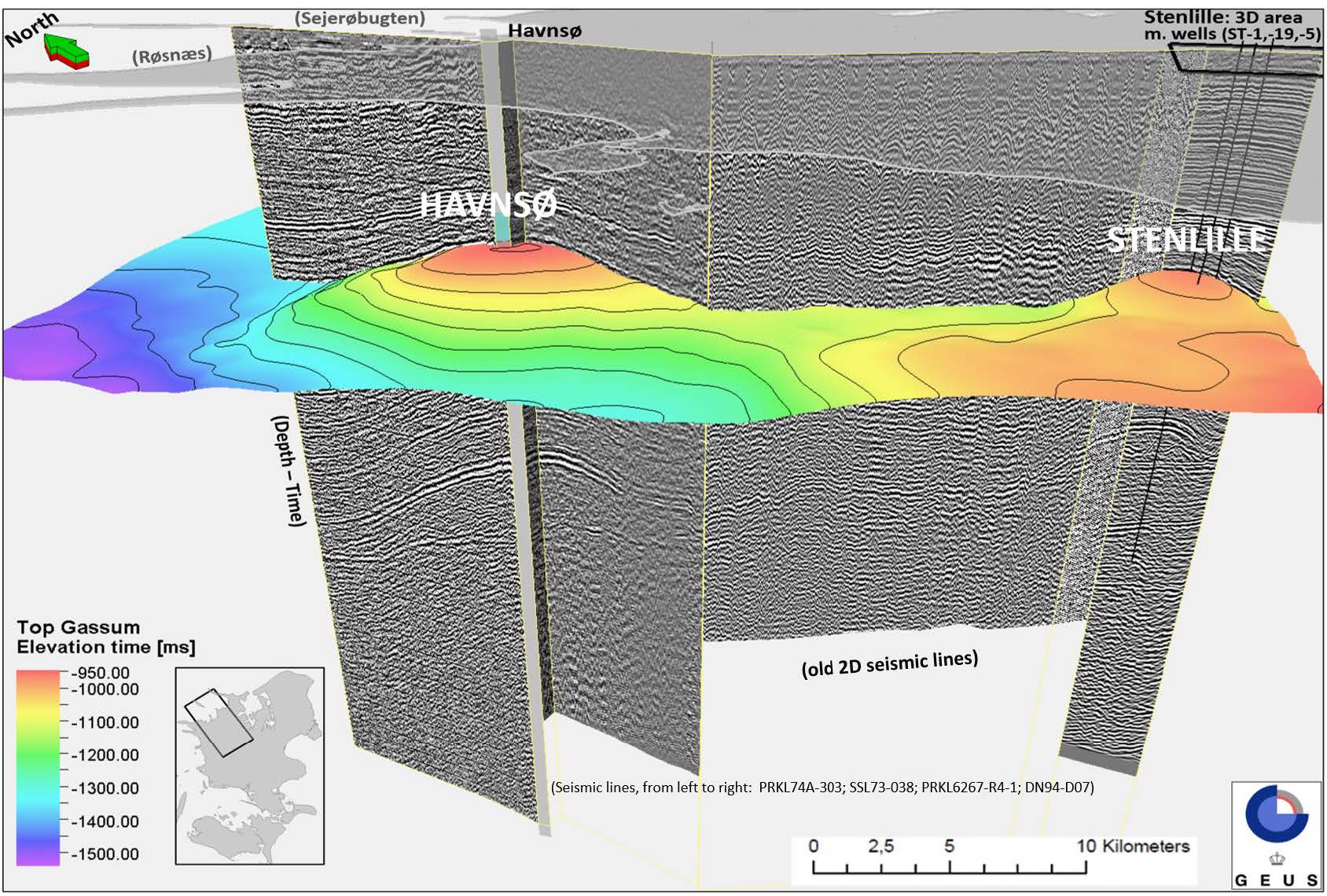
Map of the top Gassum Formation surface with seismic sections. The Gassum Formation is the primary reservoir in the Stenlille gas storage complex, Denmark.

Seismic and Lithostratigraphic overview of the Stenlille structure.
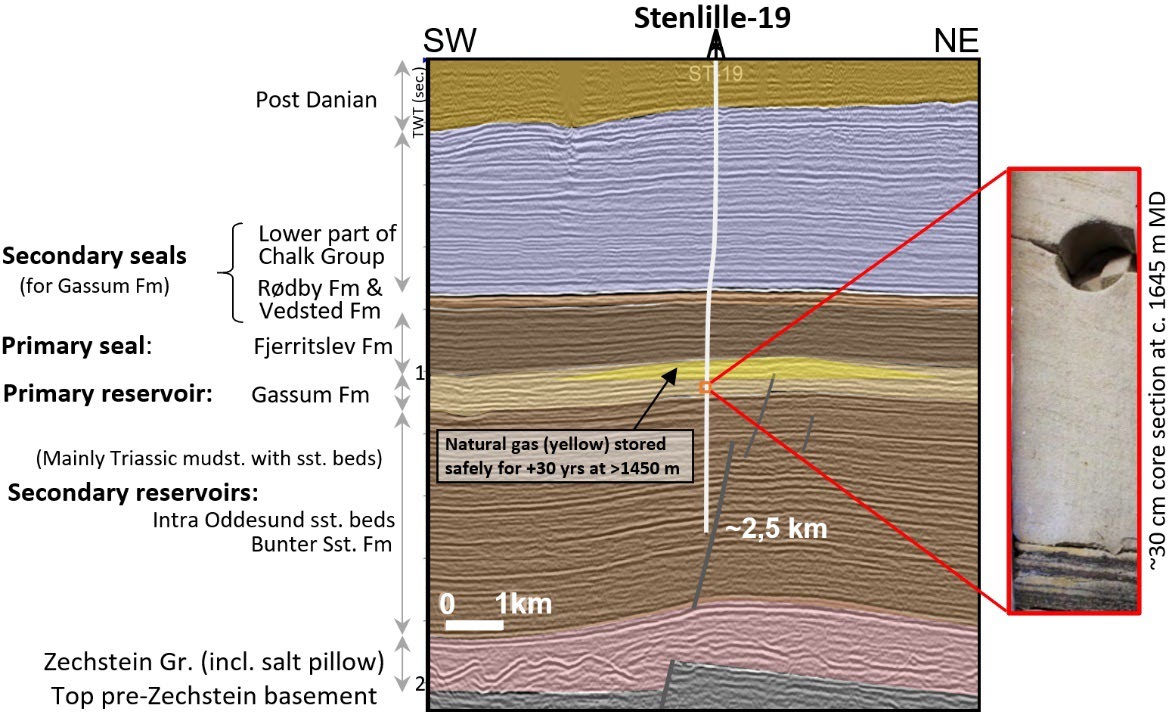
The Stenlille storage complex showing primary and secondary reservoirs and seals.
Palynological Biostratigrahy of the Reservoir of the Stenlille Structure
Using core, sidewall core and ditch cuttings samples from the Gassum and Fjerritslev formations from 20 wells over the Stenlille structure, Lindström et al. (in review) have established a new high-resolution biostratigraphic zonation for the reservoir and primary seal using spores, pollen and dinoflagellate cysts which is integrated with the sequence stratigraphic framework and will be an important tool for dating future wells in other potential gas storage sites (see Gregersen et al. 2023 External Link).

Biostratigraphic framework of the Stenlille structure based on palynology (Lindström et al., in review). Such a detailed breakdown allows the precise mapping of reservoir, non-reservoir and seal (see below) units which is often higher than that of seismic resolution.
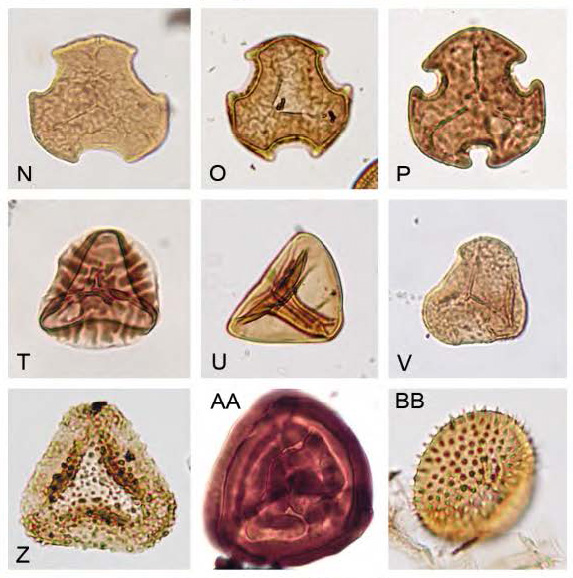
Some of the palynomorphs used in the study.
Stenlille Lower Cretaceous (Seal) Thicknesses
Previous biostratigraphic studies on the Cretaceous succession were carried out 70-90 years ago were based on foraminifera and ostracods, mostly from ditch cuttings samples. Recently core and ditch cuttings samples from the Lower Cretaceous Vedsted and Rødby Formations (secondary seal) of several Stenlille wells were examined for the first time for their calcareous nannofossil content. The nannofossil biostratigraphy is based on the zonation of Bown et al. (1998), which for years has been successfully applied to Lower Cretaceous chalks and marls in the North Sea. The new study has resulted in a revised biostratigraphy for the Lower Cretaceous succession, constrained the age of the secondary seal and has shown that its thickness is significantly reduced compared with thicknesses estimated by seismic surveys and vintage biostratigraphic studies (Gregersen et al. 2023).
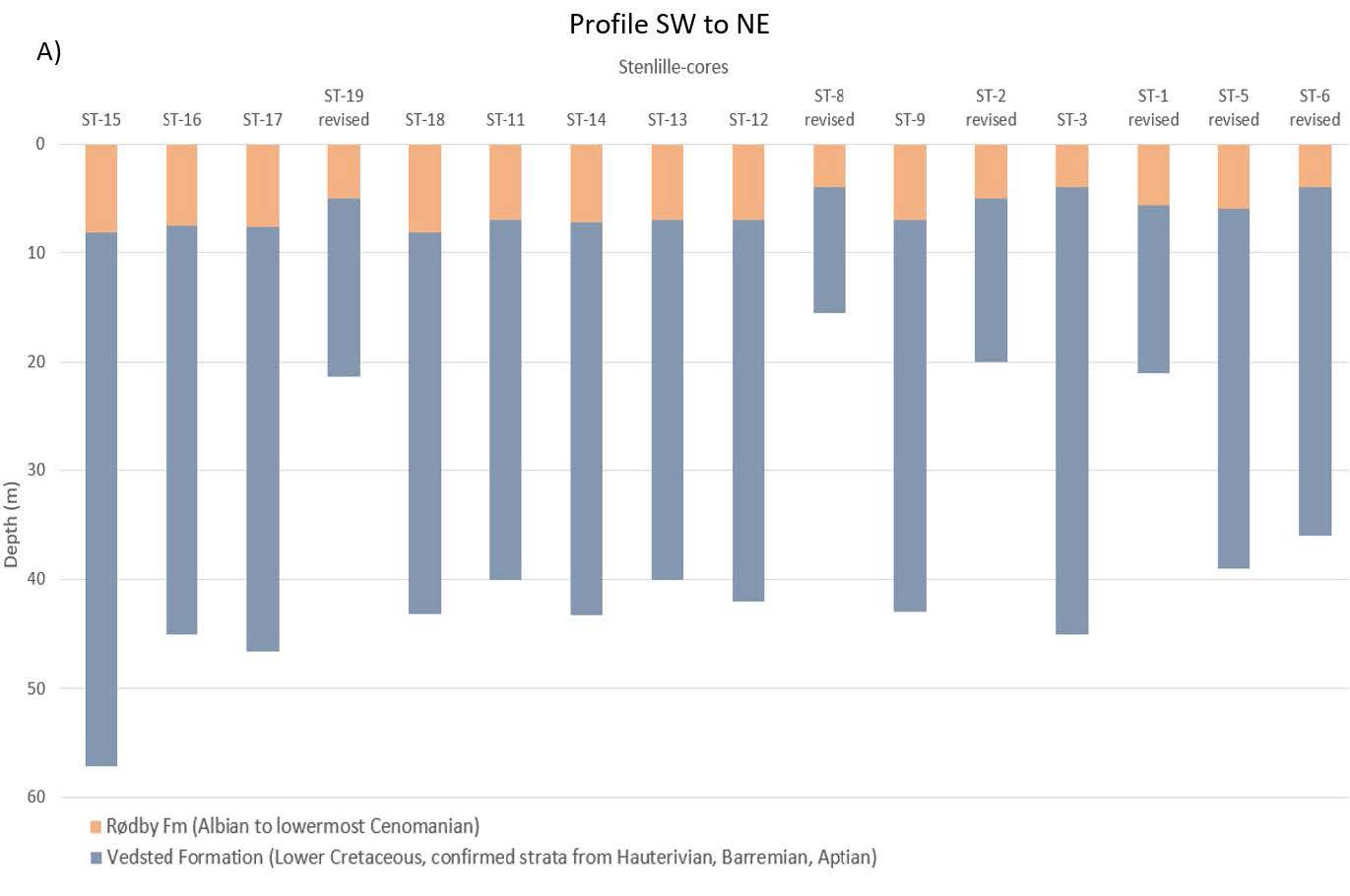
Thicknesses of Lower Cretaceous formations in the Stenlille area as determined by nannofossil biostratigraphy.

Representative nannofossils used in the biostratigraphic study of the Lower Cretaceous interval of the Stenlille structure.
Due to the large amount of detailed geophysical and geological studies, including biostratigraphy, acquired over the Stenlille area, the structure is now being used as a model for other similar structures in the Danish area currently being evaluated for potential CO2 storage.